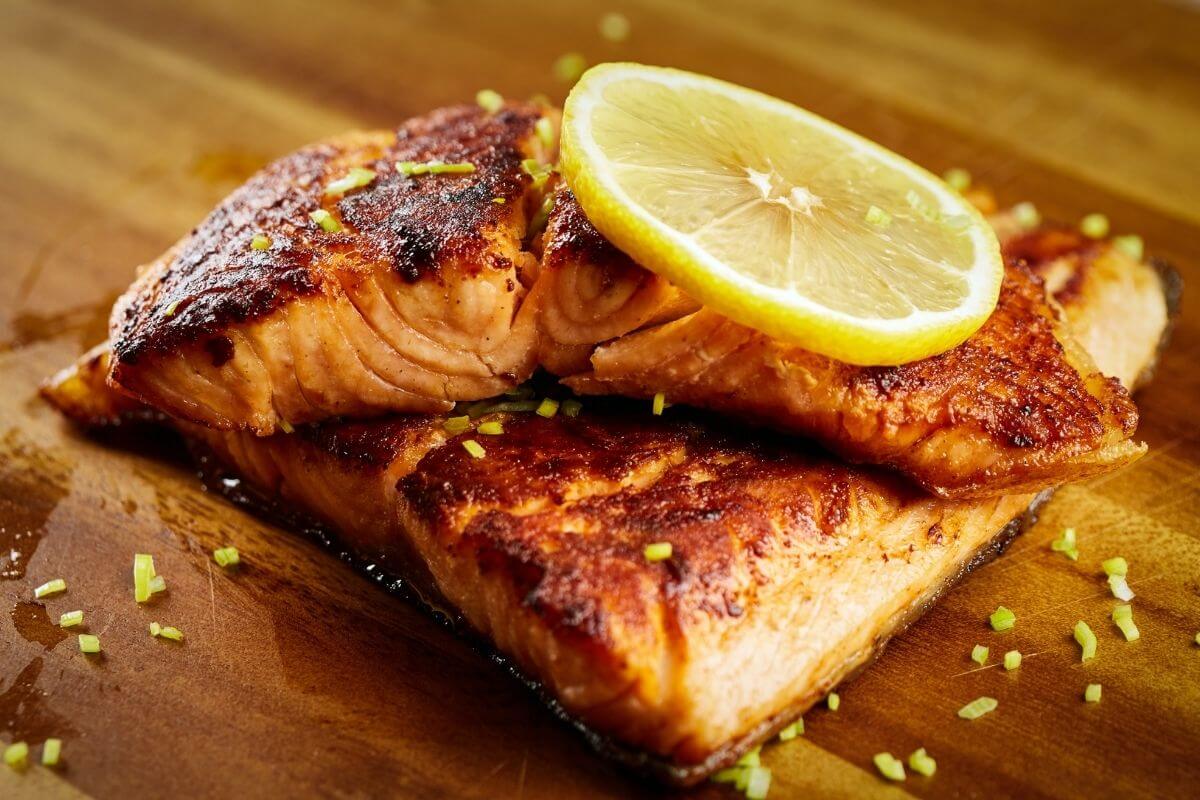

Articles
How To Store Cooked Salmon In Fridge
Modified: February 26, 2024
Learn the proper way to store cooked salmon in the fridge with this helpful article. Find out the best techniques to keep your leftovers fresh and delicious.
(Many of the links in this article redirect to a specific reviewed product. Your purchase of these products through affiliate links helps to generate commission for Storables.com, at no extra cost. Learn more)
Introduction
When it comes to cooking salmon, it’s understandable that we may end up with leftovers. Whether you’ve cooked a large portion for a gathering or simply made too much for one meal, knowing how to properly store cooked salmon in the fridge is essential to maintain its freshness and flavor.
Proper storage not only helps to preserve the quality of the salmon but also ensures its safety for consumption. The last thing you want is to find your deliciously cooked salmon turning sour and potentially becoming a breeding ground for harmful bacteria.
In this article, we will explore the importance of properly storing cooked salmon in the fridge, provide general guidelines for storing it, and give you step-by-step instructions on how to store it correctly. We’ll also share some tips to help you maintain its freshness and flavor, discuss how long cooked salmon can be stored, and identify the signs of spoiled salmon. Finally, we’ll look at some additional options for storing your cooked salmon if the fridge is not your desired choice.
So whether you’re a seafood enthusiast or just someone looking to make the most out of your leftovers, read on to learn how to store cooked salmon in the fridge like a pro!
Key Takeaways:
- Properly storing cooked salmon in the fridge is crucial for maintaining its freshness, flavor, and safety. Follow guidelines, use airtight containers, and consume within a few days for optimal enjoyment.
- If fridge storage isn’t an option, consider freezing, canning, smoking, dehydrating, or using preservatives to extend the shelf life of cooked salmon. Always trust your senses to identify spoiled salmon and prioritize food safety.
Read more: How To Store Salmon
Importance of Properly Storing Cooked Salmon
Properly storing cooked salmon is crucial for several reasons. First and foremost, it ensures that the leftover salmon remains safe to eat and free from any harmful bacteria. Salmon is a delicate food that can spoil quickly if not stored correctly, potentially leading to foodborne illnesses.
Additionally, storing cooked salmon properly helps to maintain its flavor, texture, and overall quality. Improper storage can cause the salmon to become dry, mushy, or develop an off-putting odor. By following the right storage techniques, you can extend the shelf life of cooked salmon and enjoy its delicious taste for longer.
Furthermore, storing cooked salmon in a methodical manner also allows for easier meal planning and reduces food waste. Instead of throwing away the leftovers, you can keep them safely stored in the fridge and incorporate them into your next meal. This not only saves money but also reduces your environmental footprint.
Finally, by learning how to store cooked salmon properly, you can enjoy the convenience of having a ready-to-eat protein source available in your fridge. Whether you want to whip up a quick salad, add some protein to your breakfast omelet, or make a delicious salmon sandwich, having stored cooked salmon on hand opens up a world of culinary possibilities.
Considering all these factors, it becomes evident that understanding the importance of properly storing cooked salmon is essential for both your health and culinary experience. Let’s now dive into some general guidelines for storing cooked salmon in the fridge.
General Guidelines for Storing Cooked Salmon
When it comes to storing cooked salmon, there are a few important guidelines to keep in mind. Following these guidelines will help maintain the quality and safety of the salmon:
- Cool the salmon before storing: Allow the cooked salmon to cool down to room temperature before placing it in the fridge. This helps prevent condensation from forming inside the storage container, which can lead to moisture buildup and affect the texture of the fish.
- Use airtight containers: Store the cooked salmon in airtight containers or wrap it tightly in plastic wrap to prevent air exposure. Oxygen exposure can accelerate the breakdown of fats in salmon, leading to off flavors and potential spoilage.
- Label and date the containers: To keep track of the freshness and avoid confusion, label the containers with the date of storage. Consume the cooked salmon within a safe time frame (which we’ll discuss later) to ensure its quality.
- Keep the fridge temperature consistent: Maintain the fridge temperature at or below 40°F (4°C) to prevent bacterial growth. Fluctuating or warm temperatures can promote the growth of harmful bacteria, compromising the safety of the salmon.
- Store the salmon on the bottom shelf: Place the containers or wrapped salmon on the bottom shelf of the fridge, away from raw meats and other ingredients. This helps prevent any cross-contamination and ensures that the salmon stays fresh.
- Limit the storage time: Even with proper storage, cooked salmon should not be stored for an extended period. It’s best to consume it within a few days to enjoy the best flavor and texture. If you don’t plan on eating it in a timely manner, consider freezing it for longer-term storage.
By following these general guidelines, you can ensure that your cooked salmon remains fresh, flavorful, and safe to eat. Next, let’s delve into the step-by-step instructions for storing cooked salmon in the fridge.
Step-by-Step Instructions for Storing Cooked Salmon in the Fridge
Now that you’re familiar with the general guidelines, let’s walk through the step-by-step process of storing cooked salmon in the fridge:
- Cool the salmon: Allow the cooked salmon to cool down to room temperature on a clean plate or cutting board. This usually takes about 30 minutes.
- Divide into portions: If you have a large piece of cooked salmon, consider dividing it into smaller portions. This allows for easier storage and prevents you from exposing the entire batch to air every time you want to enjoy a portion.
- Place in airtight containers: Transfer the cooled and divided salmon into airtight containers. Ensure the containers are clean and dry before adding the salmon. If using multiple containers, leave some space at the top to prevent squishing the fish.
- Seal tightly: Seal the containers tightly to prevent air from entering. Make sure the lids are secure to maintain freshness and prevent odors from other foods in the fridge from permeating the salmon.
- Date and label the containers: Use a marker or labels to indicate the date of storage on each container. This helps you keep track of its freshness and know when it’s time to consume or freeze it.
- Store on the bottom shelf: Place the containers of cooked salmon on the bottom shelf of the refrigerator. This helps to maintain a consistent temperature and prevents any potential drips from contaminating other foods.
- Keep away from strong odors: Avoid storing the cooked salmon near strong-smelling foods, as salmon readily absorbs odors. This can affect its flavor and overall quality.
- Consume within a few days: Cooked salmon stored in the fridge is best consumed within three to four days. If you cannot consume it within this timeframe, consider freezing it for longer storage.
By following these step-by-step instructions, you can ensure that your cooked salmon stays fresh and delicious in the fridge. In the next section, we’ll provide some tips to help you maintain the freshness and flavor of the stored salmon.
Tips for Maintaining Freshness and Flavor
To maximize the freshness and flavor of your stored cooked salmon, consider the following tips:
- Don’t store it with toppings or sauces: If you plan to use the cooked salmon for different dishes, it’s best to store it without any toppings or sauces. This allows for versatility when incorporating it into various recipes.
- Reheat properly: When reheating the cooked salmon, do so gently to prevent overcooking and drying out. Use methods like gentle heating on the stovetop, steaming, or using the oven at a low temperature to retain the moisture and tenderness of the salmon.
- Add moisture if needed: If the stored salmon appears dry when reheating, you can add a little moisture to restore its juiciness. This can be done by drizzling a small amount of broth, lemon juice, or olive oil over the fish before reheating.
- Store in single servings: If you often need smaller portions of salmon for quick meals, consider pre-portioning the cooked salmon before storing. This way, you can easily grab individual servings without needing to handle the entire batch.
- Avoid excessive handling: Every time you open the container, try to take out only what you need. Excessive handling can introduce more air and affect the quality of the remaining salmon.
- Keep it undisturbed: Avoid moving the containers around unnecessarily. Keeping them undisturbed helps maintain the quality and prevents any potential damage to the salmon during storage.
- Use within recommended storage times: While cooked salmon can stay safe in the fridge for a few days, it’s best to use it within the recommended storage time to ensure optimal flavor and texture.
- Trust your senses: Before consuming the stored salmon, always trust your senses. If it smells off, has a slimy texture, or tastes funky, it’s best to discard it to avoid any potential foodborne illnesses.
By following these tips, you can ensure that your stored cooked salmon remains fresh, flavorful, and safe to eat. Now that we’ve covered the guidelines, storage instructions, and tips for maintaining the quality of cooked salmon, let’s explore how long you can safely store it in the fridge.
Store cooked salmon in an airtight container or wrapped tightly in plastic wrap in the fridge. Consume within 3-4 days for best quality.
Read more: How To Store Leftover Salmon
How Long Can Cooked Salmon Be Stored in the Fridge?
The storage time for cooked salmon in the fridge depends on various factors, including its initial freshness, proper storage conditions, and the overall food safety practices you follow. While it’s always best to consume the salmon as soon as possible for optimal flavor and texture, cooked salmon can typically be stored in the fridge for up to three to four days.
During this time, the salmon should remain safe to eat if it has been properly stored in airtight containers and kept at or below 40°F (4°C). However, it’s important to note that the longer you store the cooked salmon, the more its flavor and texture may deteriorate.
If you cannot consume the cooked salmon within the recommended timeframe, it’s best to consider freezing it for longer storage. Freezing helps preserve the quality and extends the shelf life of cooked salmon for several months. Simply place the salmon in a freezer-safe container, label it with the date, and store it in the freezer at 0°F (-18°C) or below.
Remember to thaw frozen cooked salmon in the fridge overnight before consuming. This helps maintain the texture and prevents any potential bacterial growth during the thawing process. Once thawed, it’s recommended to consume the salmon within one to two days for the best taste and quality.
Now that you know how long you can store cooked salmon in the fridge, it’s important to be aware of the signs that indicate when the salmon has gone bad.
Signs of Spoiled Cooked Salmon
While storing cooked salmon in the fridge can help maintain its freshness, it’s important to be aware of the signs that indicate when the salmon has gone bad. Pay attention to the following signs of spoiled cooked salmon:
- Off odor: If the cooked salmon emits a strong, unpleasant odor, it is likely spoiled. Trust your sense of smell and if it has a rancid or sour smell, it’s best to discard it.
- Change in appearance: Examine the cooked salmon for any changes in color or texture. If it appears slimy or has a mushy texture, it is a sign of spoilage and should not be consumed.
- Unusual growth: If you notice any mold or unusual growth on the surface of the cooked salmon, do not consume it. Mold is a clear indication of spoilage and can be harmful if ingested.
- Funky taste: When tasting the cooked salmon, if it has a strong or off flavor, it is likely spoiled. Trust your taste buds, and if it doesn’t taste right, it’s better to err on the side of caution and discard it.
- Expiration of storage time: Even if the cooked salmon doesn’t show obvious signs of spoilage, it’s important to consider its storage time. If stored for longer than the recommended timeframe (typically three to four days), it’s best to discard it to ensure your safety.
Remember that consuming spoiled cooked salmon can lead to foodborne illnesses, which can cause gastrointestinal issues and other health problems. It’s always better to be safe than sorry when it comes to the quality and safety of your food.
If you have any doubts about the freshness or safety of the cooked salmon, it’s best to err on the side of caution and discard it. Now that you know the signs of spoiled cooked salmon, let’s explore some additional options for storing it if the fridge is not your desired choice.
Additional Options for Storing Cooked Salmon
If storing cooked salmon in the fridge is not a viable option for you, there are alternative methods you can consider to preserve its freshness and flavor:
- Freezing: Freezing cooked salmon is an excellent option for long-term storage. Place the cooled cooked salmon in airtight freezer bags or containers, label them with the date, and store them in the freezer at 0°F (-18°C) or below. Frozen cooked salmon can last for several months, maintaining its quality when properly stored.
- Canning: If you’re familiar with canning techniques, you can preserve cooked salmon by canning it. Follow the proper canning guidelines, using a pressure canner or a water bath canner depending on the recipe. Canned salmon can have a long shelf life and can be stored without refrigeration.
- Smoking: Another option to extend the shelf life of cooked salmon is smoking it. The smoking process not only imparts a delicious smoky flavor but also acts as a method of preservation. Properly smoked salmon can be stored at cool temperatures for an extended period.
- Dehydrating: Dehydrating cooked salmon removes moisture, which prevents the growth of bacteria. You can use a food dehydrator or an oven set at a low temperature to dry out the cooked salmon. Once dehydrated, store it in an airtight container in a cool, dry place.
- Using preservatives: If you’re comfortable using preservatives in your cooking, you can explore options like adding vinegar or citric acid to the cooked salmon. These ingredients can help prolong the shelf life and inhibit bacterial growth. However, it’s important to follow proper food safety practices and recipes when using preservatives.
These alternative methods provide you with different options based on your preferences and available resources. However, it’s important to note that each method comes with its own considerations and techniques. Always follow proper guidelines and ensure that the stored salmon is safe to consume.
Now that you’re aware of the additional options for storing cooked salmon, let’s conclude our discussion.
Conclusion
Properly storing cooked salmon in the fridge is essential for maintaining its freshness, flavor, and safety. By following the general guidelines, step-by-step instructions, and tips outlined in this article, you can ensure that your cooked salmon stays delicious and safe to eat.
Remember to cool the salmon before storing it, use airtight containers, label and date them, and keep the fridge temperature consistent. Adhering to these best practices will help you avoid spoilage and maintain the quality of the salmon.
Knowing how long cooked salmon can be stored in the fridge is crucial for planning your meals and minimizing food waste. While the recommended storage time is typically three to four days, freezing is an excellent option for longer-term storage. Alternatively, you can explore canning, smoking, dehydrating, or using preservatives as additional methods to store cooked salmon.
Always be aware of the signs of spoiled cooked salmon, such as off odor, changes in appearance, unusual growth, funky taste, or expiration of the storage time. Trust your senses, and when in doubt, it’s safer to discard the salmon to avoid any potential foodborne illnesses.
Whether you’re using leftover salmon for quick meals or planning ahead, proper storage techniques ensure that you can enjoy the delicious and nutritious benefits of cooked salmon for as long as possible. By following the guidelines and options discussed in this article, you can make the most out of your cooked salmon, reduce food waste, and create flavorful and satisfying meals.
So, the next time you have cooked salmon leftovers, remember to store them properly and savor the delightful taste of this versatile and nutritious fish.
Frequently Asked Questions about How To Store Cooked Salmon In Fridge
Was this page helpful?
At Storables.com, we guarantee accurate and reliable information. Our content, validated by Expert Board Contributors, is crafted following stringent Editorial Policies. We're committed to providing you with well-researched, expert-backed insights for all your informational needs.
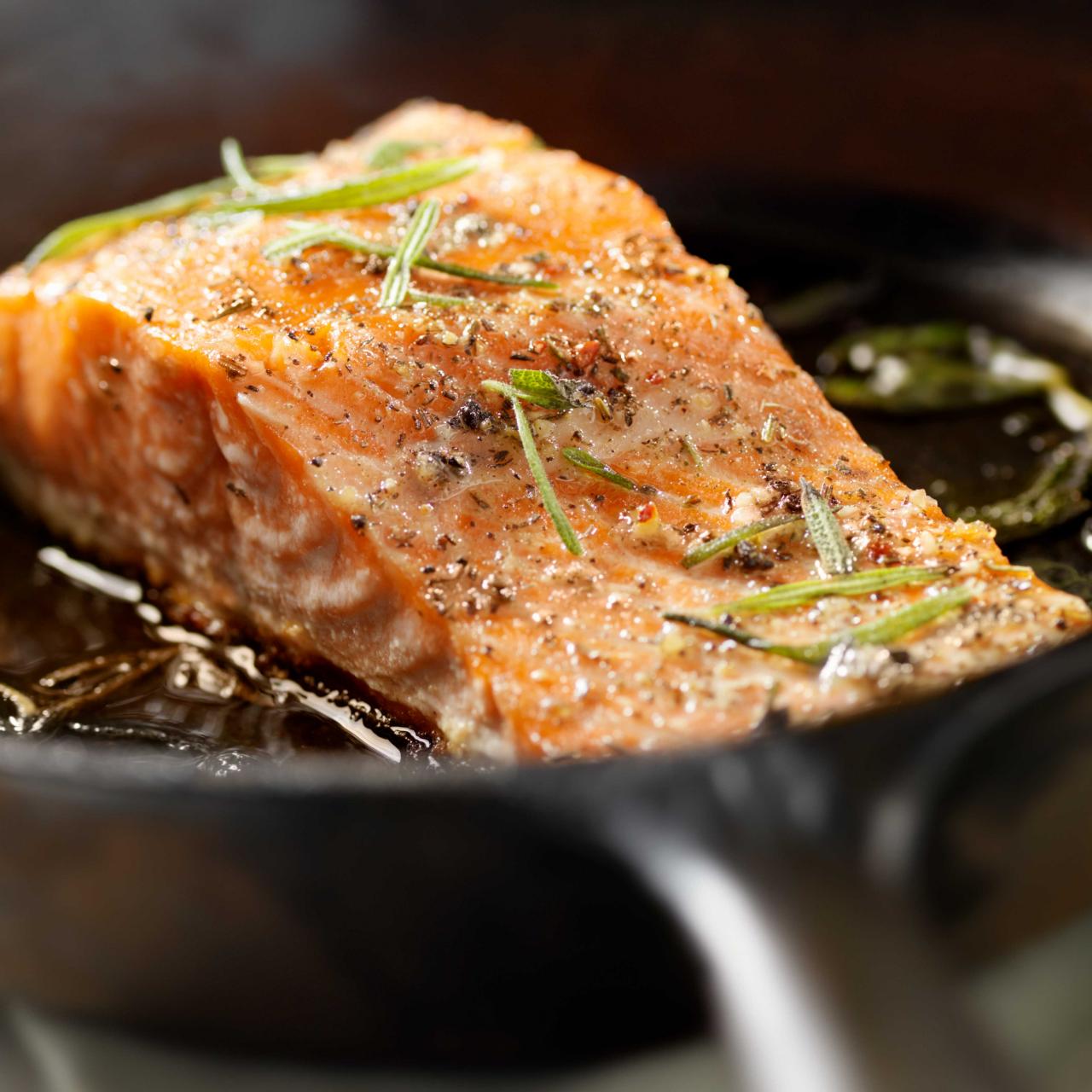
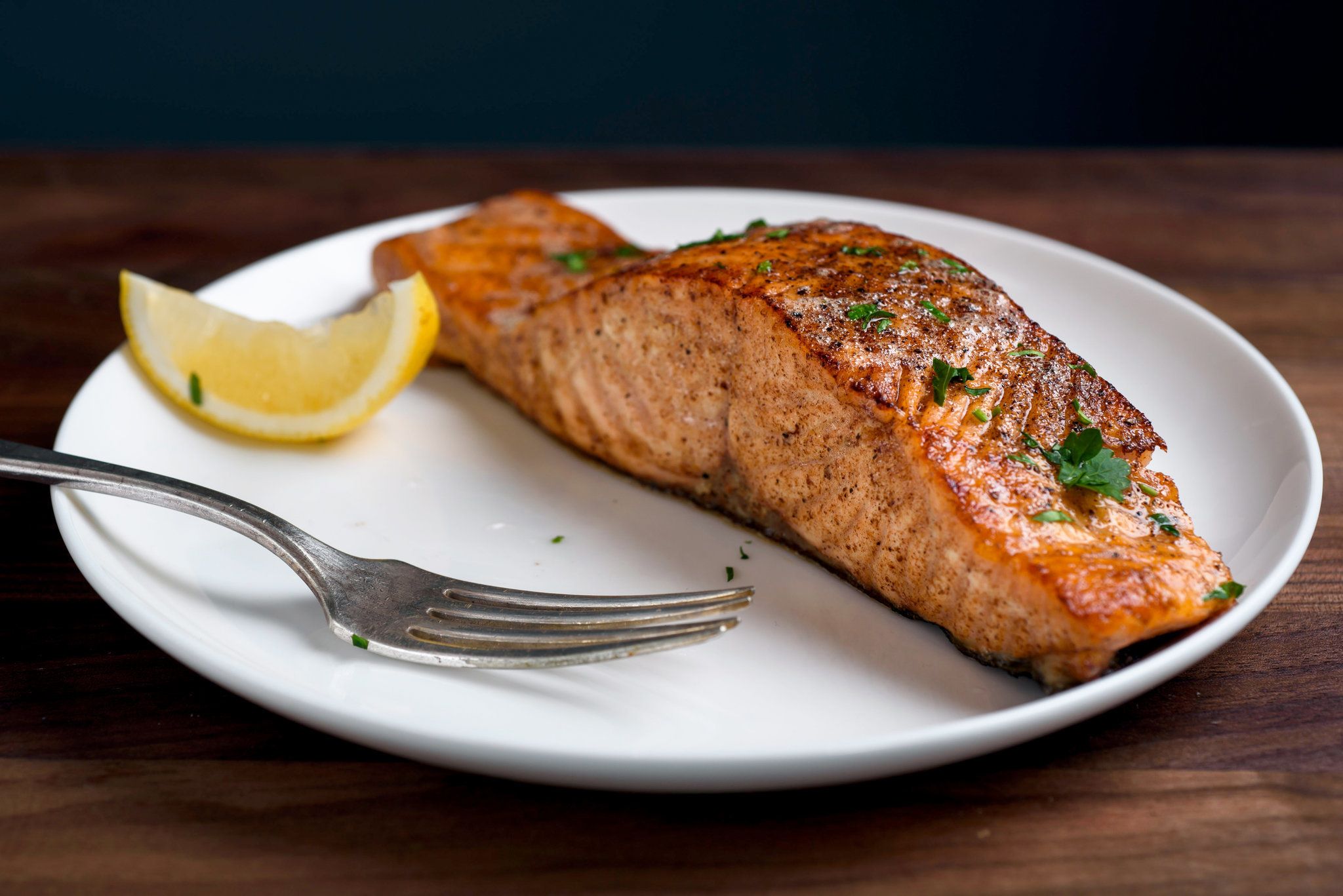
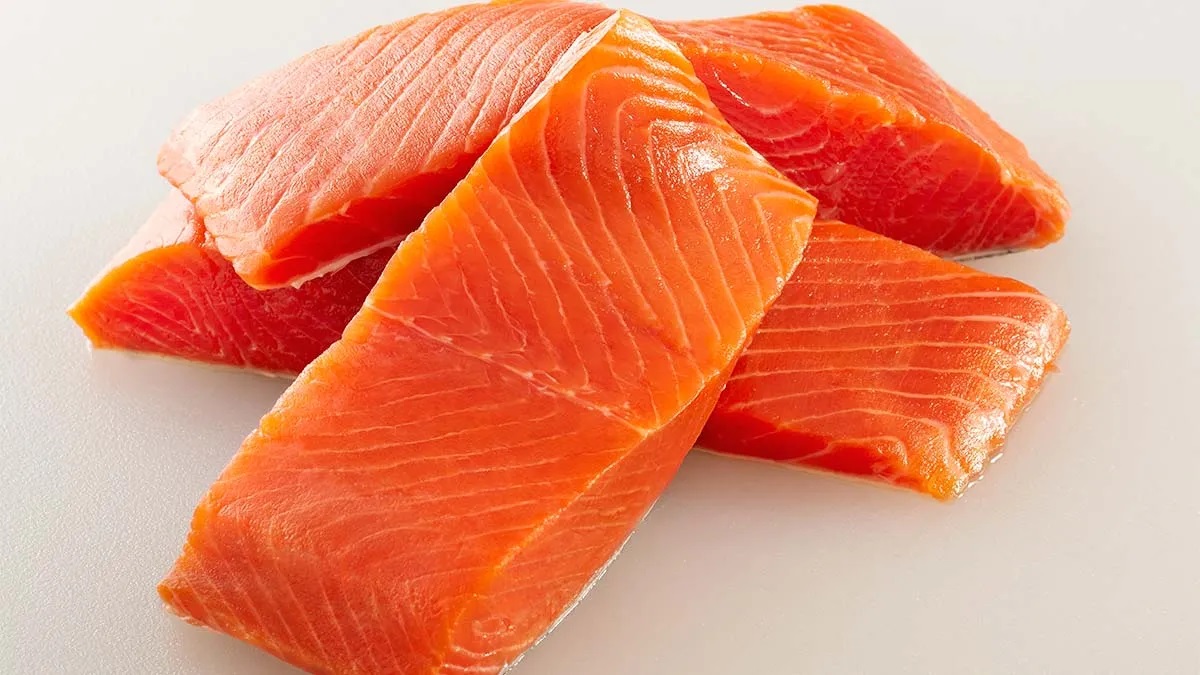
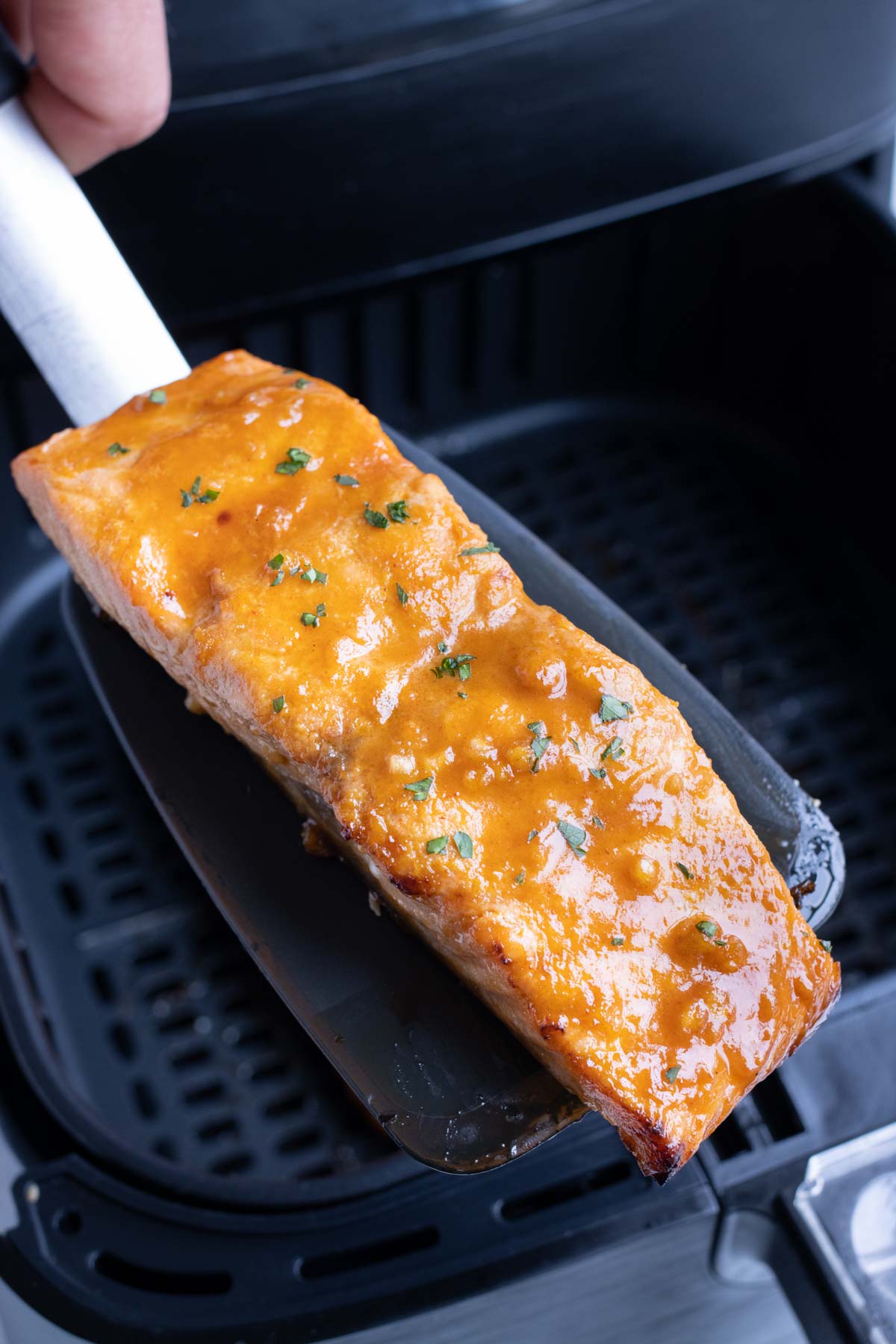
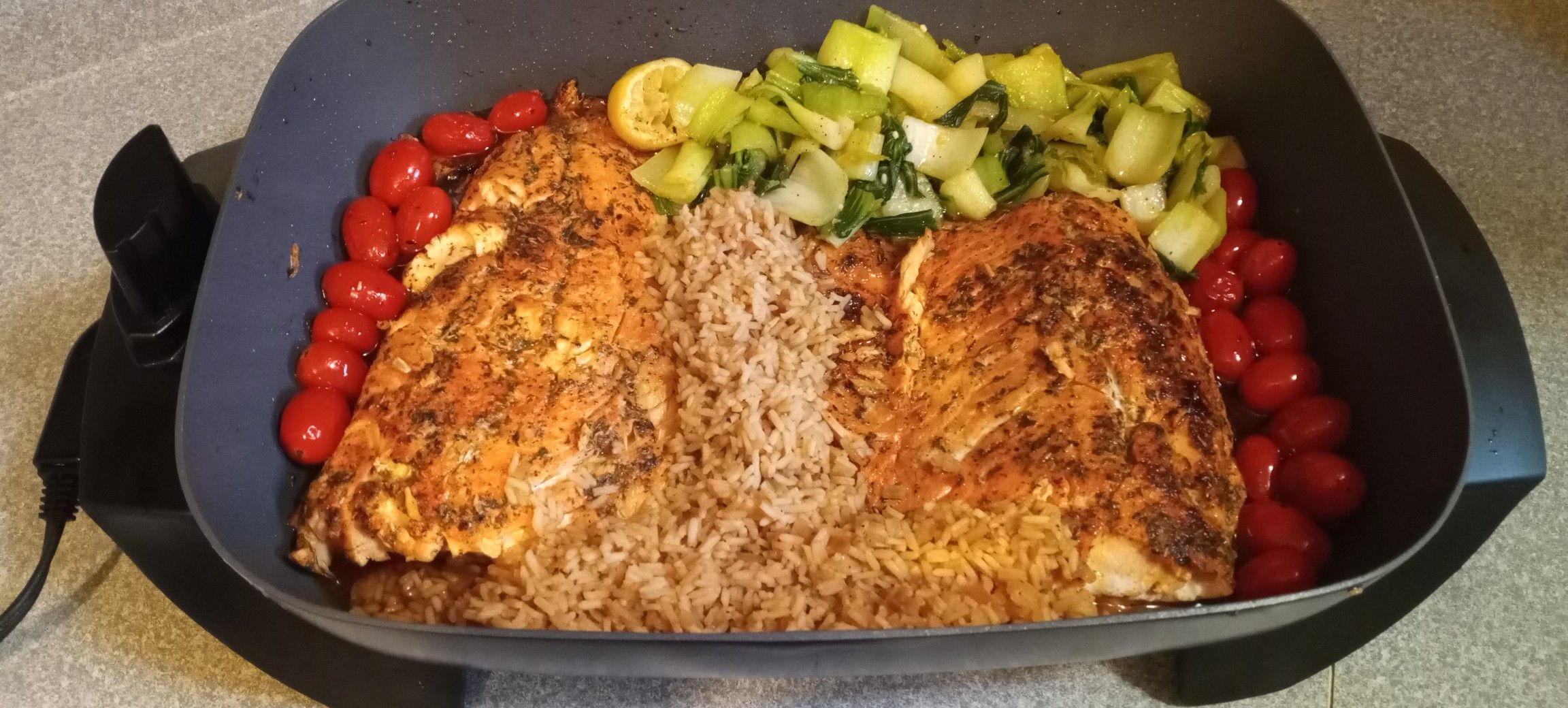
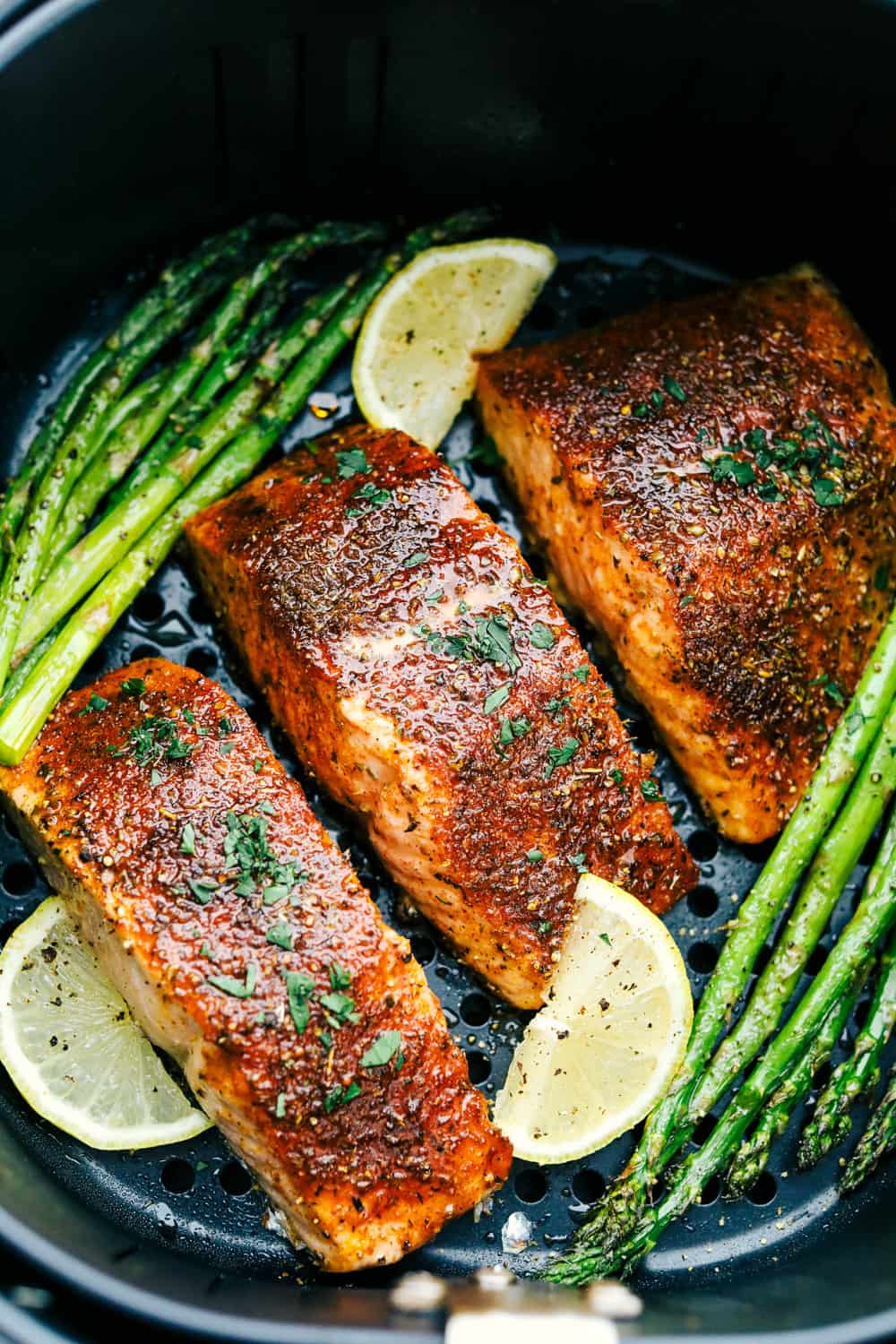
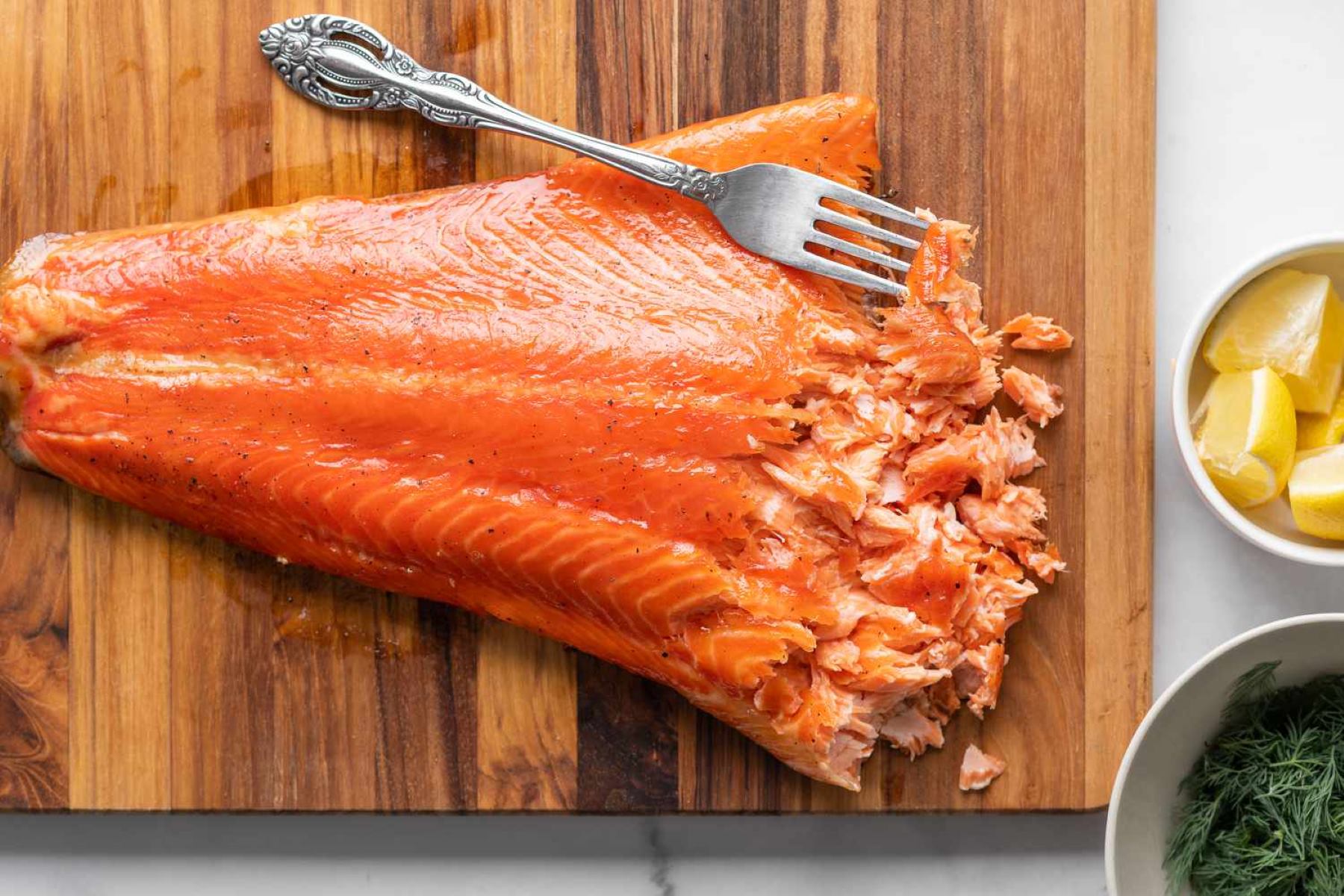
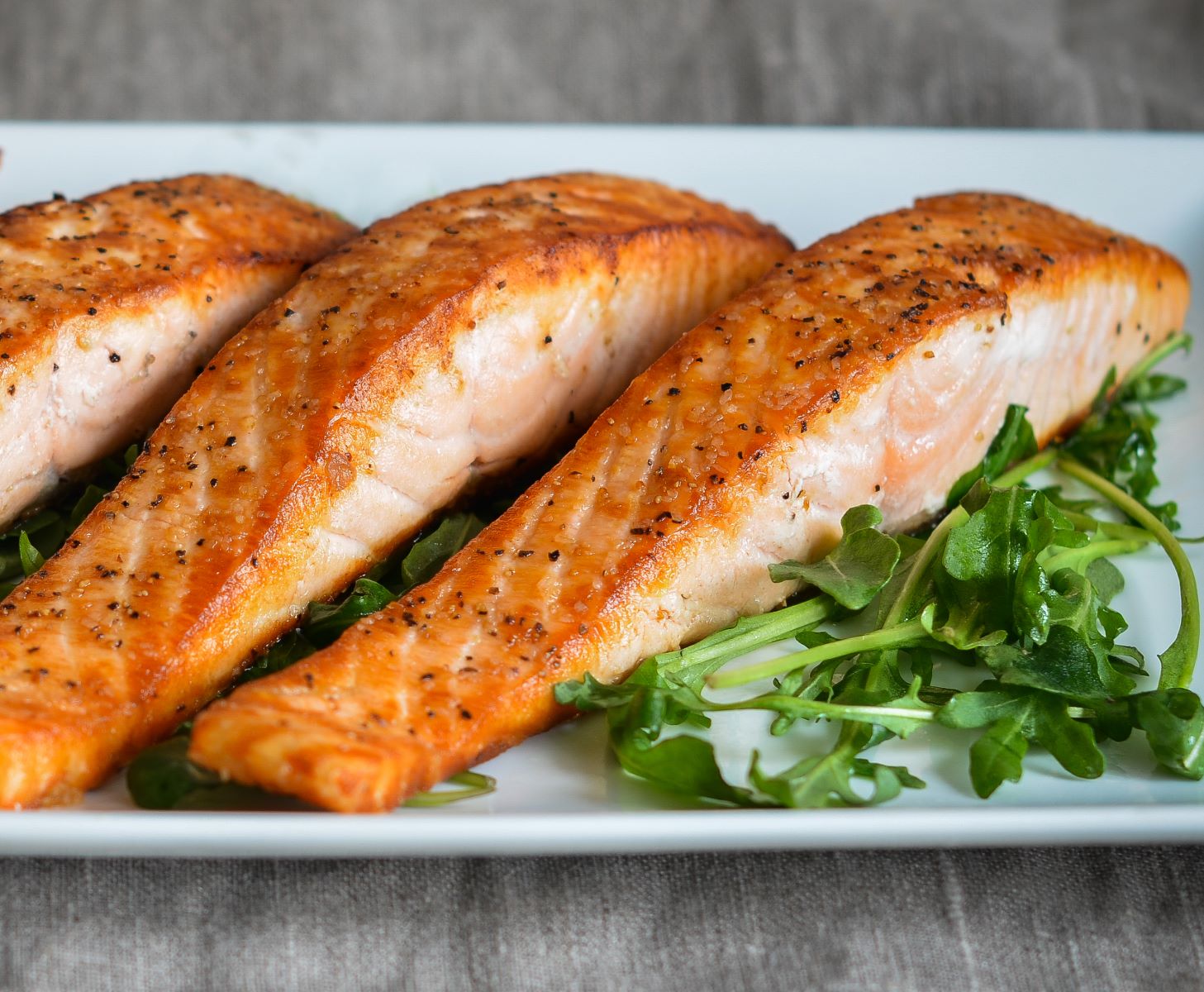
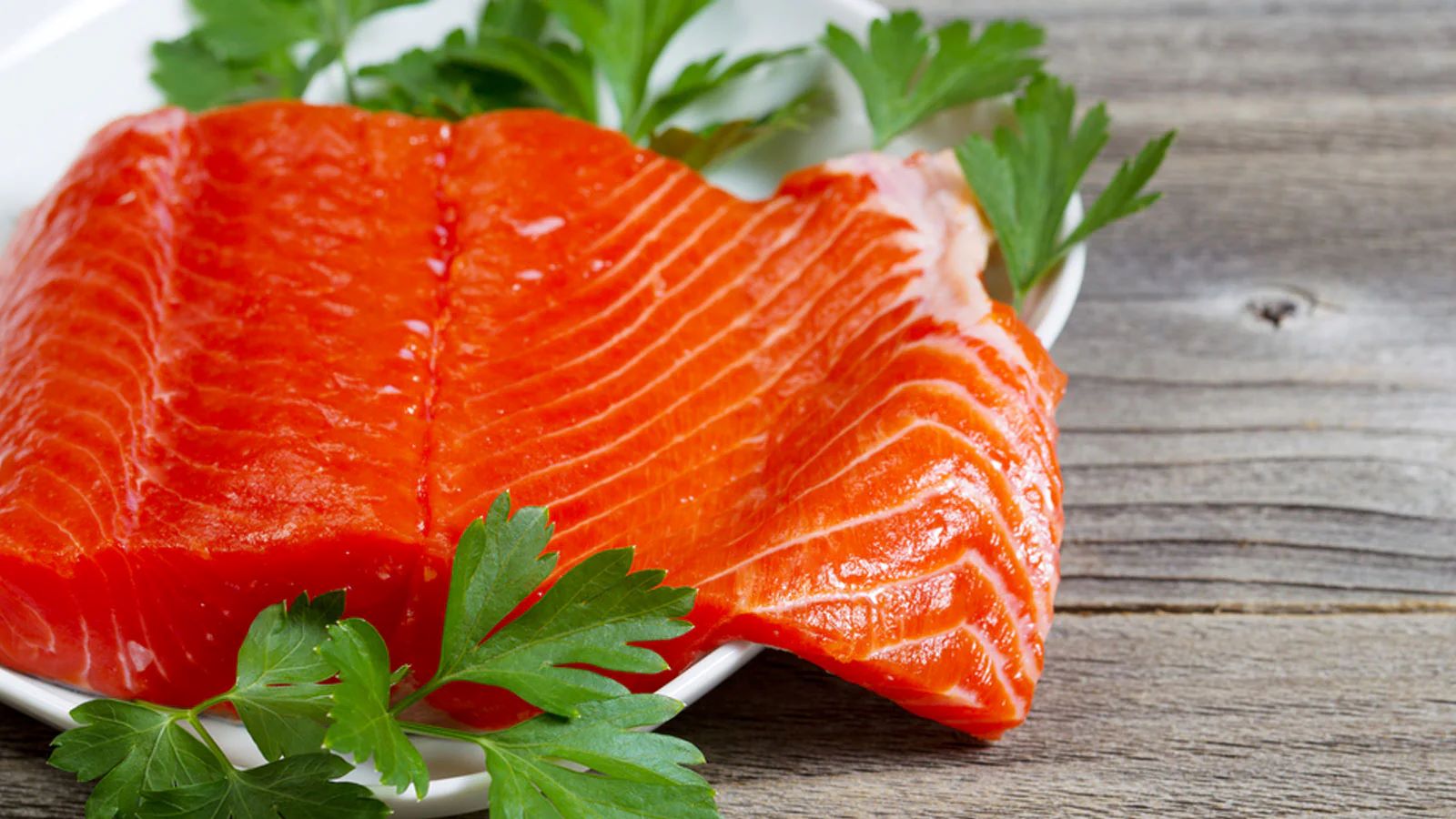

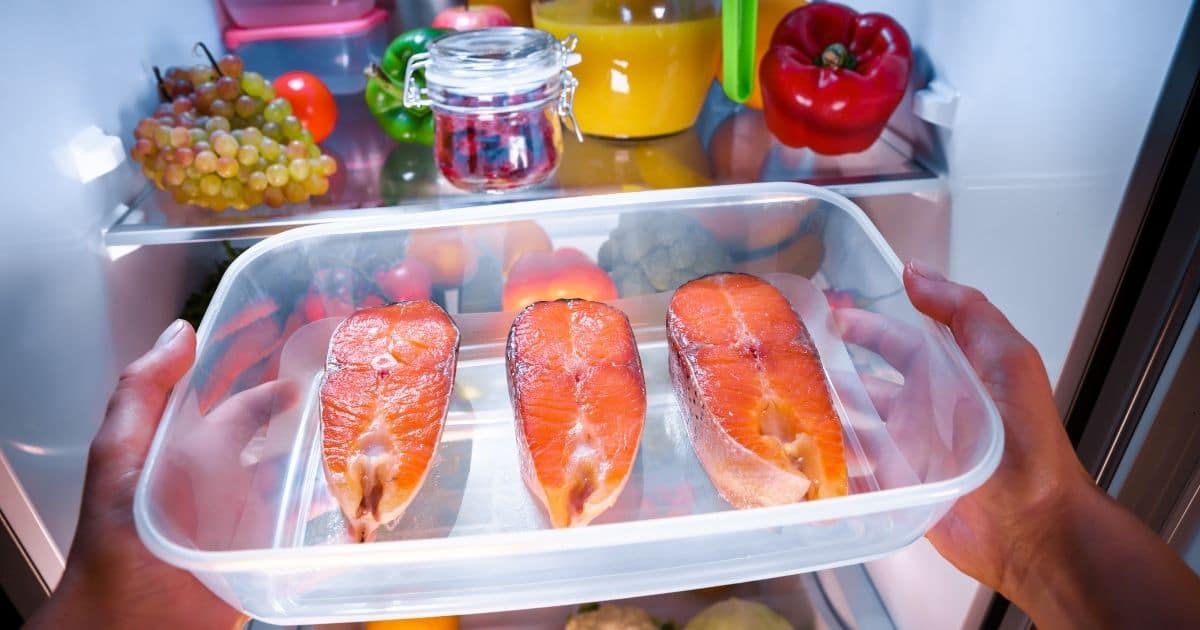
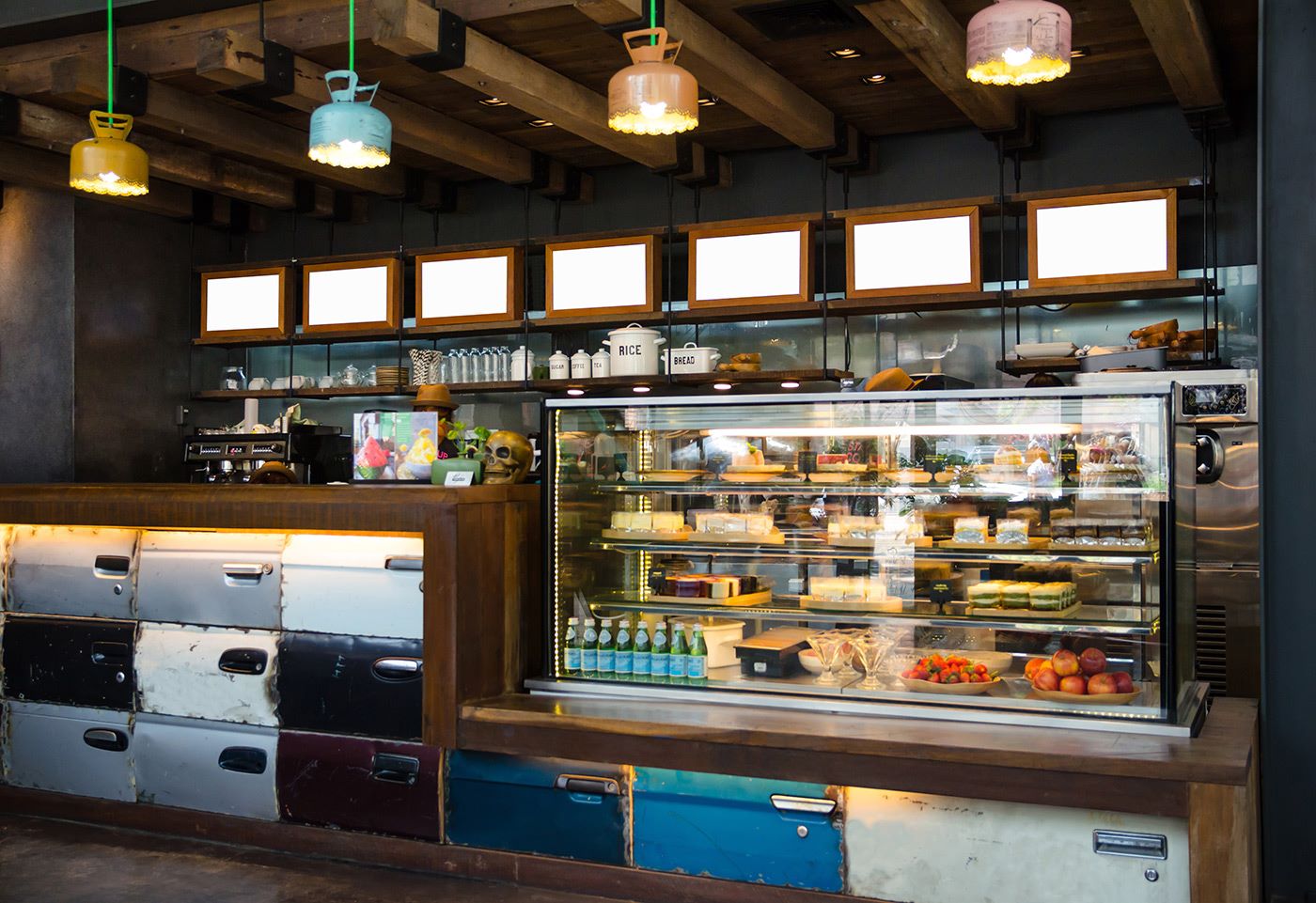
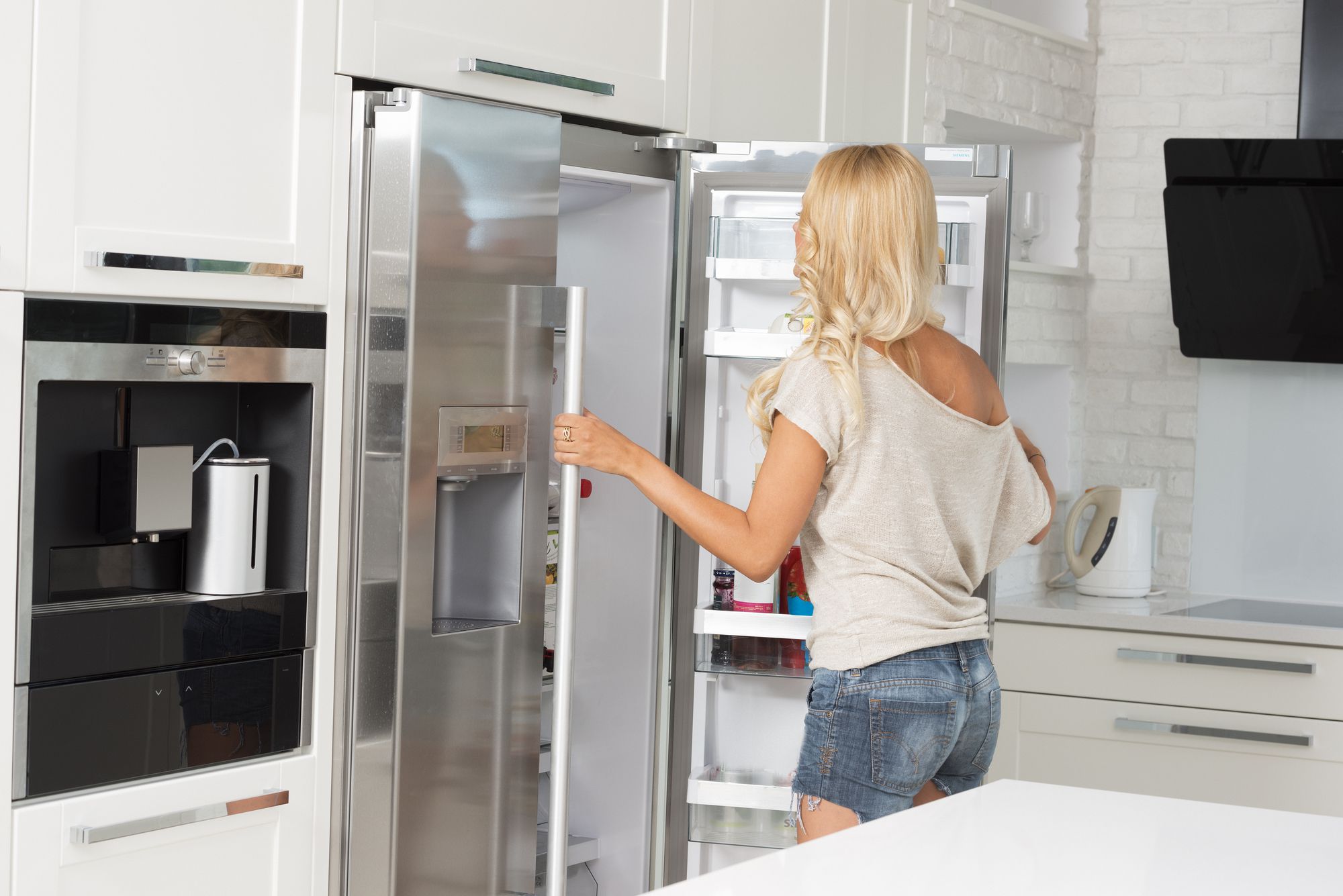
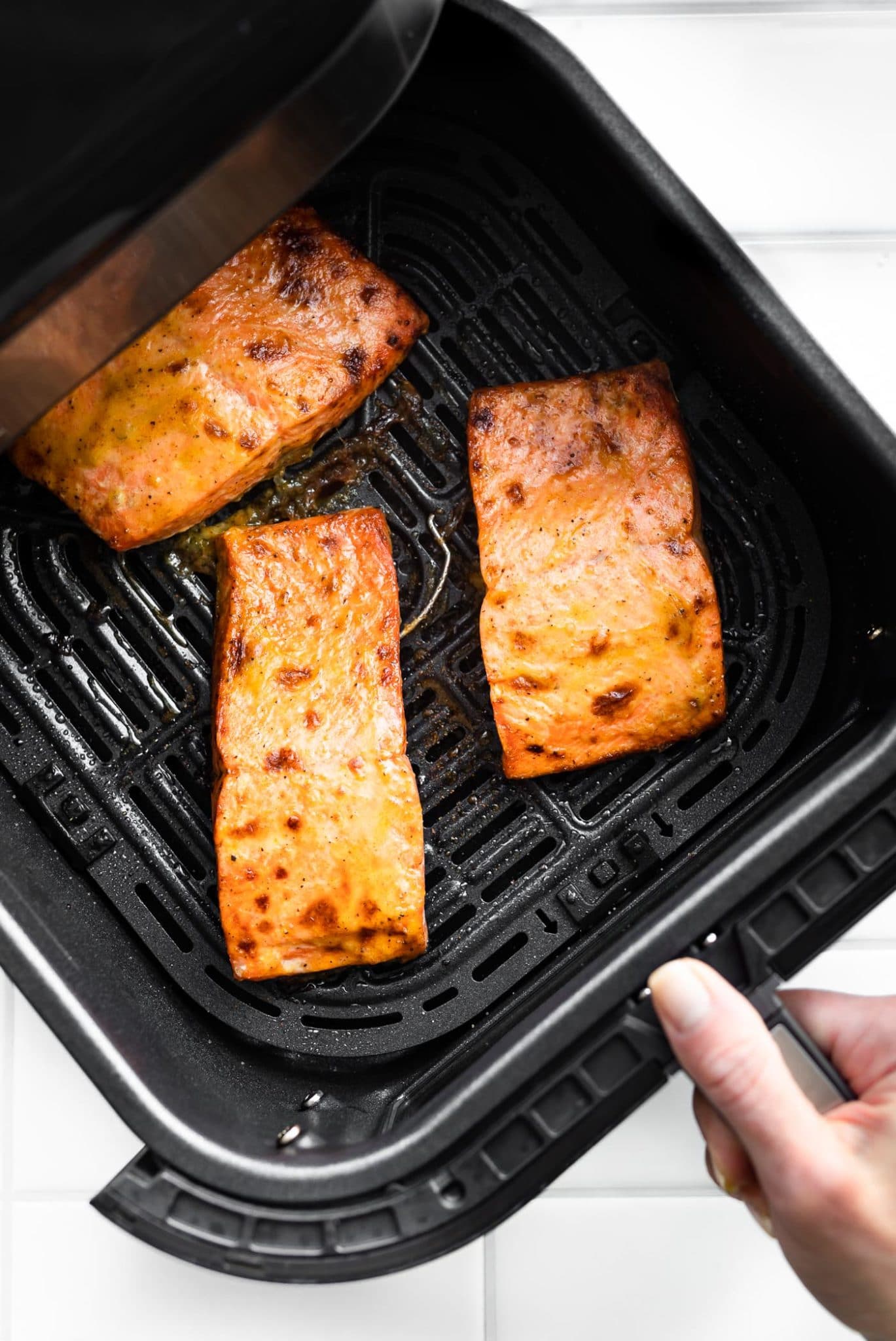

0 thoughts on “How To Store Cooked Salmon In Fridge”